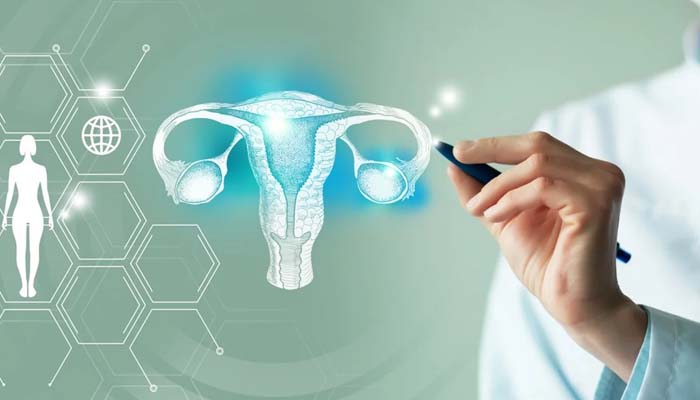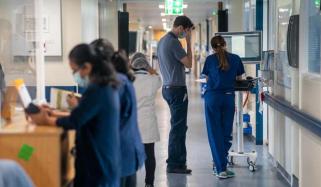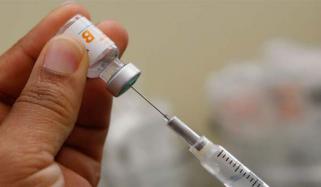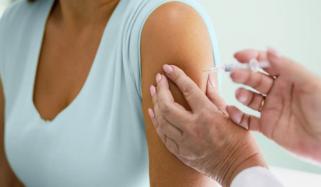
World Ovarian Cancer Day is celebrated every year on May 8. The day is dedicated to raising awareness about the deadliest gynecologic cancer.
According to the Journal of Ovarian Research, ovarian cancer ranked third in gynecologic cancer in terms of frequency and has the highest rate of deaths.
Ovarian cancer (OC) often remains non-diagnosed until it spreads through the pelvis and abdomen, making it difficult to treat.
Global Cancer Observatory noted that in 2020, about 314,000 2women were diagnosed with OC, and 207,000 died from the disease, and it is predicted that the incidence of OC will increase by almost 40% by 2040.
Risk factors of Ovarian Cancer
• Women who have a family history of ovarian and breast cancer are at increased risk.
• As women age, the risk of developing ovarian cancer increases because ovarian cells undergo more genetic mutations over time.
• Women diagnoses of breast, colorectal, or uterine cancer may increase the risk of OC.
• Endometriosis, also increases the risk of OC. Endometriosis is a condition when the tissues that normally line the inside of the uterus grow outside the uterus.
• Factors like never having been pregnant, early mensuration and late menopause can also increase the risk of ovarian cancer.
Symptoms
• Vaginal bleeding
• Pain in the pelvic area
• Abdominal and back pain
• Bloating
• Difficulty eating and feeling full so quickly
• Frequent and urgent need to urinate or constipation
Factors to lower OC risk
• Pregnancy and breastfeeding slightly reduce the risk of ovarian cancer.
• Maintaining a healthy weight through workouts and a balanced diet can help lower the risk.
• Quitting smoking and avoiding exposure to secondhand smoke reduces the risk of ovarian cancer.
• Other prevention strategies include genetic testing, regular screening and preventive surgeries in consultation with healthcare providers.












